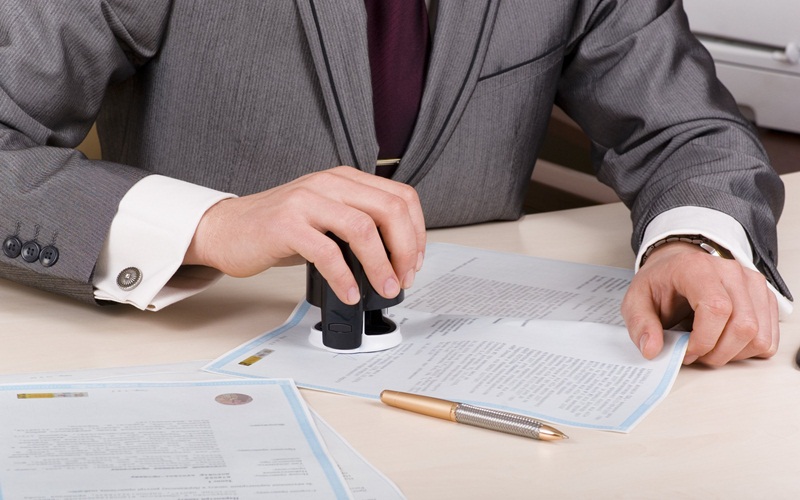A signature is a unique mark of identification for individuals, and its use in documents and transactions is more prevalent than ever. However, as signature forgeries become increasingly common, signature authentication has emerged as a necessary measure to combat this issue. The following article will provide a comprehensive guide to signature authentication procedures and regulations.
1 What is Signature Authentication?
Signature authentication is the process by which authorized entities, such as governmental agencies or legal organizations, verify and confirm the authenticity of a signature on a document or form. The authenticator confirms that the signature belongs to the individual in question and assumes responsibility for their validation according to legal guidelines.
 Authorized entities are responsible for verifying and confirming the authenticity of signatures.
Authorized entities are responsible for verifying and confirming the authenticity of signatures.
2 Legal Regulations for Signature Authentication
Signature authentication procedures are applicable in the following scenarios:
- Multiple signatures from different individuals are present on a single document or form.
- Personal history or background verification is required.
- Self-created documents or forms, as outlined by legal standards, necessitate signature authentication.
- Signature authentication is required for Power of Attorney documents.
 Legal regulations ensure the proper use and validation of signatures.
Legal regulations ensure the proper use and validation of signatures.
3 Signature Authentication Process
 The three-step process of signature authentication.
The three-step process of signature authentication.
Signature authentication typically follows these three steps:
Step 1 Prepare Necessary Documents
Individuals must bring their original or certified copy of a valid identification document (ID card or passport) and the relevant document or form that requires their signature. These documents should be presented to the representative of the authenticating entity.
Step 2 Document Verification
The authenticator reviews the provided documents to ensure their completeness and compliance with regulations. Additionally, they assess the mental capacity and lucidity of the individual requesting authentication, ensuring they are not in a vulnerable state and that their ID or passport is genuine. The authenticator also scrutinizes the document’s content to ensure it does not violate any laws or infringe upon the rights and reputations of others.
- The individual requesting authentication must be of sound mind and capable of making informed decisions.
- The provided identification documents must be authentic and not forged or tampered with.
- The content of the document must not propagate illegal or offensive material, violate laws, or infringe upon the rights and reputations of others.
Step 3 Perform Authentication
Once the documents and procedures are verified, the individual is required to sign the document according to the provided template. The authenticating entity then signs, stamps, and records the authentication in their official registers.
For documents or forms consisting of two or more pages, the authentication statement is appended to the last page, and a cross-page stamp is applied.
Note:
– If you are authenticating your signature through a one-stop service, the officer in charge will review your documents and, if they meet the requirements, ask you to sign the document and provide you with a receipt for picking up the authenticated document at a later date. They will then forward your documents to the authorized entity for signature authentication.
– On the specified date, return to the one-stop service counter to collect your authenticated document.
We hope this article has provided you with a clearer understanding of the signature authentication process and its legal framework. With this knowledge, you can now navigate signature authentication procedures with greater ease and efficiency.
































